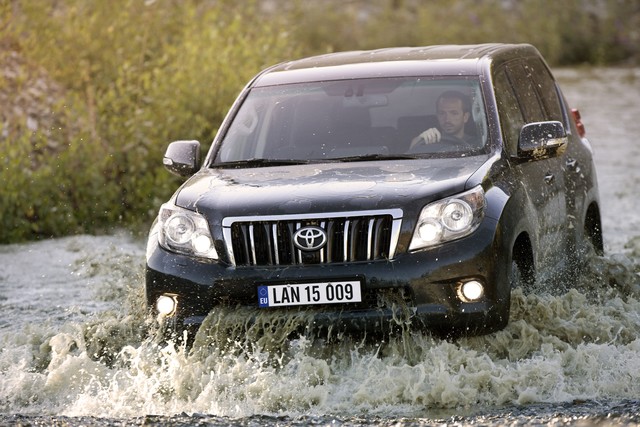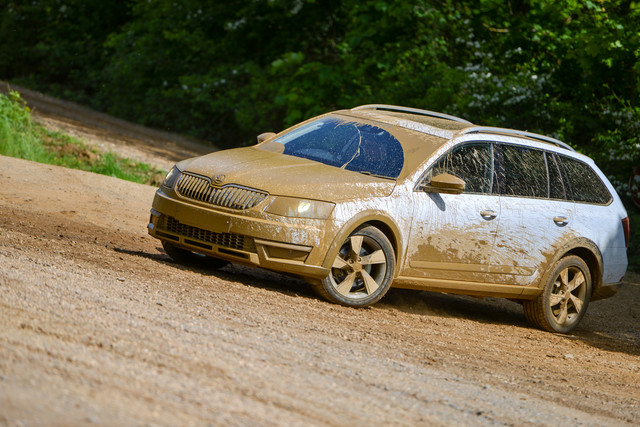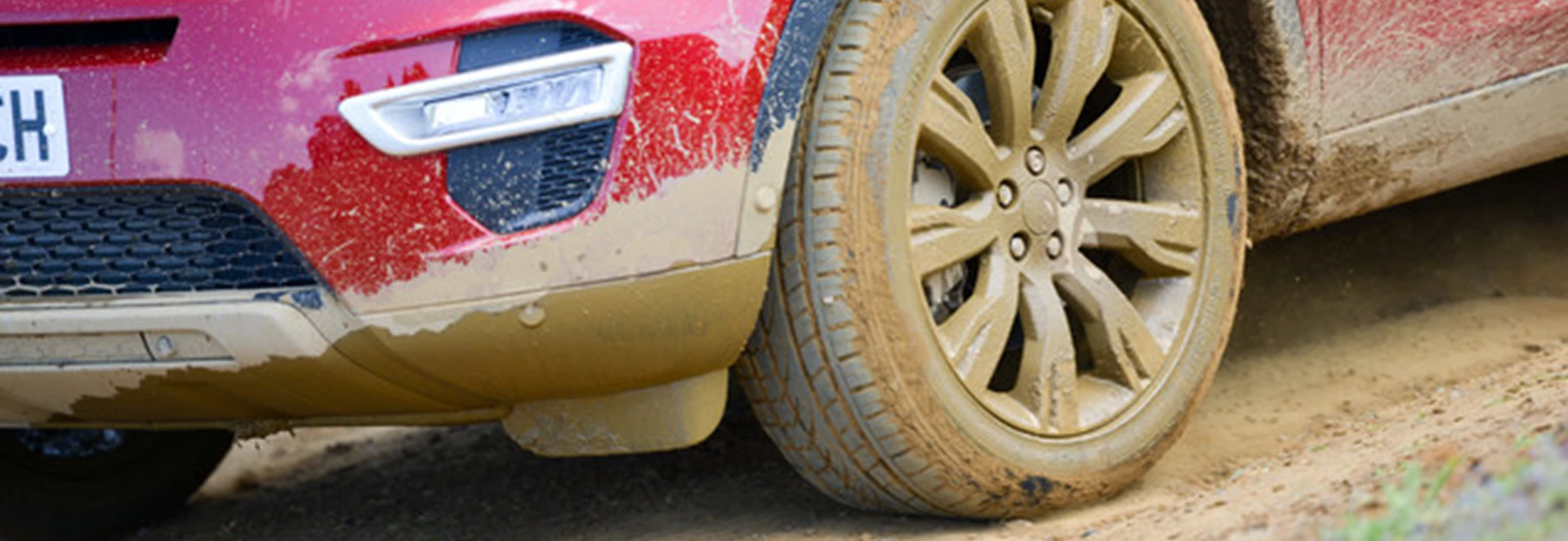So you fancy doing some off-road driving? Perhaps you’ve recently bought a new car suitable for such a task or you’re still in the market for the best SUV to suit your needs. Here at Car Keys we can get you quotes, brochures and test drives on the latest cars that are best suited for this type of driving, whether that be traditional SUVs or 4x4 estates.
But even when you’ve got an appropriate vehicle, however, there’s still plenty of things to keep in mind to ensure your off-road experiences have minimal fuss and are as enjoyable as possible. Here are our top tips for driving off-road.
Understand your vehicle’s size and weak points

It’s wise to have a good understanding of your immediate surroundings while driving off-road. That means having a fair idea about your car’s dimensions - including its length, width, height and ground clearance. Having a good feel for all of this should allow you weigh up any narrow sections, steep slopes or drops which you encounter on your route in a quick and accurate manner.
We also recommend you get an accurate picture in your head of how the underside of your car is laid out. Whether you achieve this by getting (safely) underneath your vehicle or looking at a picture of it, it’s good for working out what vital bits of your car are exposed underneath and where. Therefore you’re less likely to snag parts like the fuel tank, engine sump or gearbox on rocks and other obstacles found off-road.
While virtually all vehicles meant for off-road driving will have some level of underbody protection, they won’t be fully immune to hazards on the ground.
Survey the terrain ahead
If you’re planning on driving your car through an off-road route you have never covered before, why not survey where you’re going on foot first? Assuming the route is safe to walk through and you can leave your car in a safe spot, it’s always a smart move that should leave you a lot better prepared when behind the wheel.
For instance, if the route you plan to take has a steep hill included, you can check by walking to see what’s over the other side. Just remember to bring the appropriate footwear in your vehicle – such as wellington boots if mud or water obstacles are involved. Better to get your boots dirty than get your car stuck.
Maintain an unhurried, steady pace

When you’re driving on off-road terrain, however rough or smooth it gets, it’s always preferable to maintain a speed that’s quick enough to keep moving along but not faster than necessary. No matter how good your vehicle might be at tackling rough surfaces, driving faster than necessary could put you in risk of seriously damaging it.
Instead, apply the throttle gently and release it slowly. Steer as precisely as you can and keep braking to a minimum too.
When dealing with steep inclines, keep the car in first gear and the revs only as high as you need. When travelling down a steep incline, keep the car in gear but release your foot off the pedals until you reach the bottom.
Bring tools to get out of tricky spots
Sometimes when taking on an off-road journey, the vehicle itself is not enough and it and the driver could do with some help. Certain pieces of kit are always therefore worth bringing on board in case you get stuck or lost.
This includes a shovel, tow rope, a map, GPS navigation and extra fuel if there’s a lot of ground to cover. Also useful to have is a two-way radio if another car is travelling with you or a friend is nearby. Don’t forget to keep clothing suitable for the climate and terrain in your off-roader as well!




